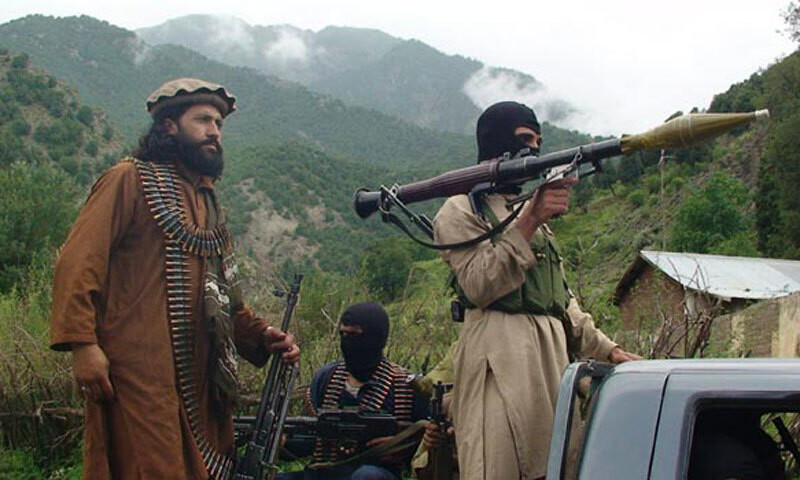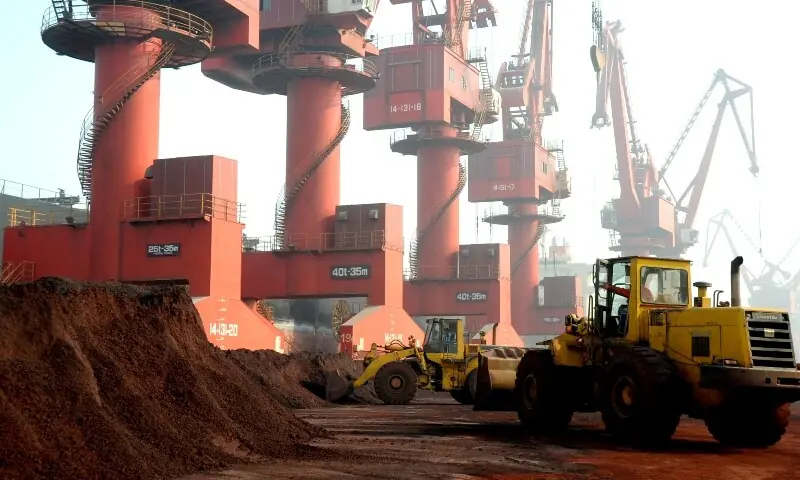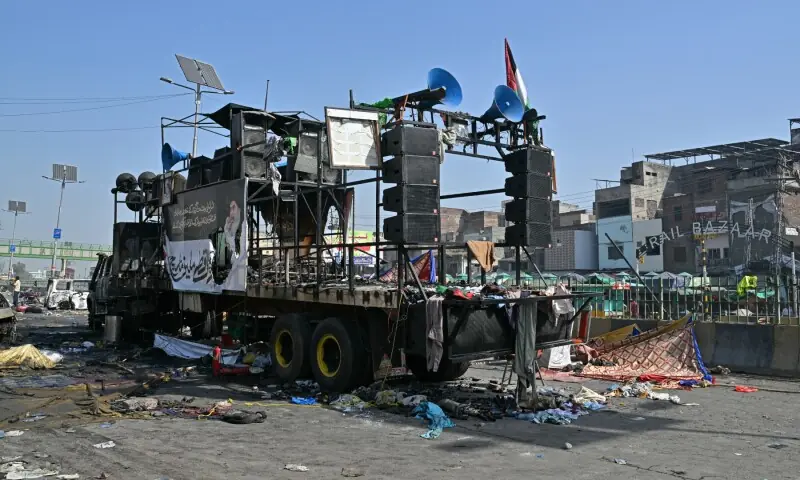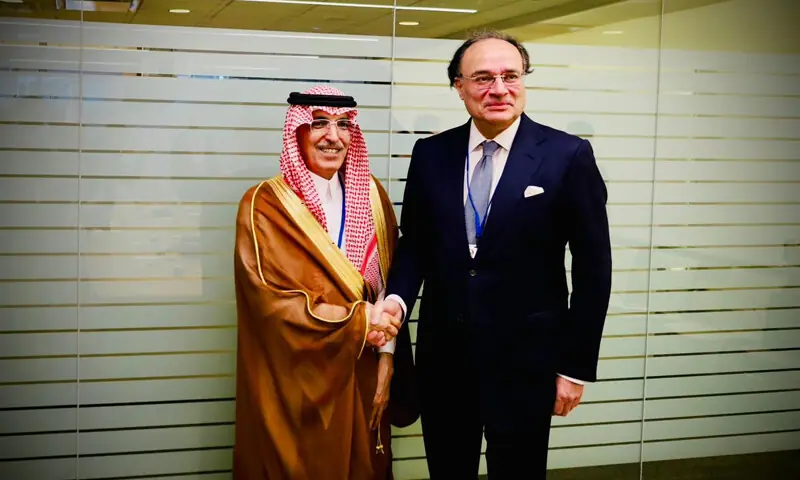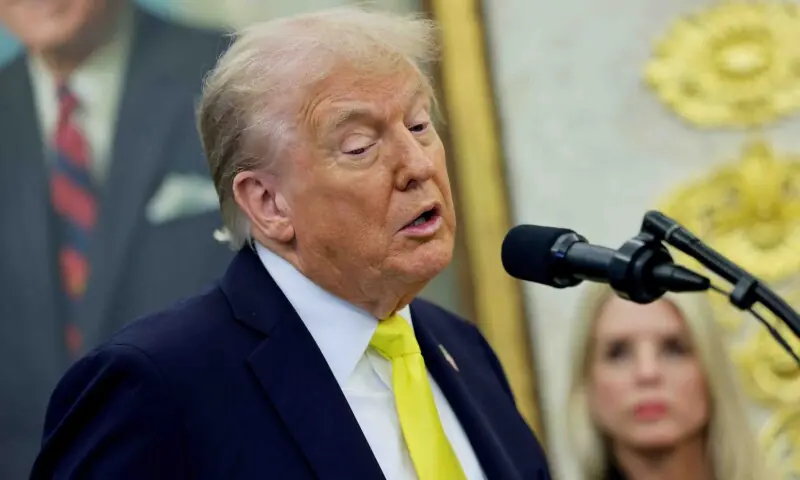Pakistan witnessed an alarming increase in militant violence in August of this year, registering a 74 percent increase in militant attacks compared to Julio, becoming the “most fatal month in more than a decade”, according to the data published by the group of experts based in Islamabad for the Institute of Conflicts and Security Studies (TOCSS) on Monday.
In July, PICSS documented 82 militant attacks throughout the country, which resulted in 101 deaths and 150 injuries, a 5 percent increase in militant attacks compared to June.
According to the group of experts, those killed in the militant attacks of July included 47 civilians, 36 security personnel and 18 militants. Among the injured were 90 civilians, 52 security personnel, seven militants and member of a peace committee.
“With 143 registered militant attacks, August became the deadliest month in more than a decade, exceeding all monthly figures since February 2014, according to the PICSS militancy database,” said the last report of the group of experts.
The wave of violence left 194 dead people, including 73 security forces, 62 civilians, 58 militants and a member of the Progender Peace Committee, according to PICSS.
In addition, another 231 were injured, which included 129 security personnel, 92 civilians, eight militants and two members of the Peace Committee. The militants also kidnapped at least 10 people during the month.
“In response, security forces intensified their operations, killing at least 100 militants and arresting another 31 throughout the country. However, these actions also led to the death of three civilians and a security personnel,” according to PICSS.
By counting both militant attacks and security operations, at least 298 people lost their lives in August. These included 158 militants, 74 people from the security forces, 65 civilians and a member of the Peace Committee.
The number of injured also increased to 250, with 137 security personnel, 100 civilians, 11 militants and two members of the affected peace committee. The photos observed a 100 percent increase in security forces and a 145 percent increase in injuries compared to Julio. Militant deaths increased by 27pc, while civil deaths rose 20 percent.
The report stressed that the most alarming escalation occurred in Khyber Pakhtunkhwa, especially in tribal districts, which saw 51 militant attacks, an increase of 200 percent. These attacks resulted in 74 deaths, marking an increase of 124 percent.
The rest of the KP was also hit in a similar way, with 55 attacks that caused 56 deaths, including 26 security personnel, 22 civilians and eight militants. In total, KP witnessed 106 militant attacks, the highest monthly figure in more than 10 years, according to PICSS.
The operations were launched in Bajaur and Waziristan del Norte, “resulting in the partial elimination of militant hiding places, although the situation remains tense,” added the group of experts.
Baluchistan continued with 28 attacks, which resulted in 52 deaths: 23 security personnel, 21 civilians and eight militants. Another 45 people were injured, including 23 security personnel and 22 civilians.
“The security forces eliminated 50 militants in the province, the largest number of militant deaths in operations since June 2015, when 60 were killed,” according to PICSS.
Sindh reported six attacks, leaving eight dead people: six civilians and two security personnel. The security forces arrested 11 alleged militants, all in Karachi.
In Punjab, two attacks were produced: an assault of Tehreek-i-Taliban Pakistan (TTP) prohibited in Dera Ghazi Khan, and an unsolved murder of a young cleric in Rawalpindi. resulting in the death of a civilian and an attacker.
In Gilgit-Baltistan, the militants linked to TTP hit the Chilas district, killed two security personnel and wounded one.
Pakistan has seen an increase in terrorism since the TTP ended its high fire agreement with the government in November 2022, promising to increase attacks.
The government tagged the TTP as Fitna-al-Khawarij and directed the use of the term Khariji for attackers. Later he designated Baluchistan -based groups as Fitna-al-Hindustan to highlight the supposed role of India in terrorism and destabilization throughout Pakistan.
On Sunday, President Asif Ali Zardari promulgated the draft anti -terrorism law (amendment), 2025, which seeks to improve anti -terrorist efforts while guaranteeing legal supervision and safeguards.
Last week, the Baluchistan government extended the application of section 144 throughout the province for another 15 days due to the prevailing situation of the law and order, according to an official notification of the additional main secretary of the Department of Origin.
In March, Pakistan took second place in the 2025 global terrorism index, with the number of deaths in terrorist attacks that increased by 45pc from 2024 to 1,081.



